
Nexcess Knowledge Base
May 12, 2023
How to customize Magento 2 email templates
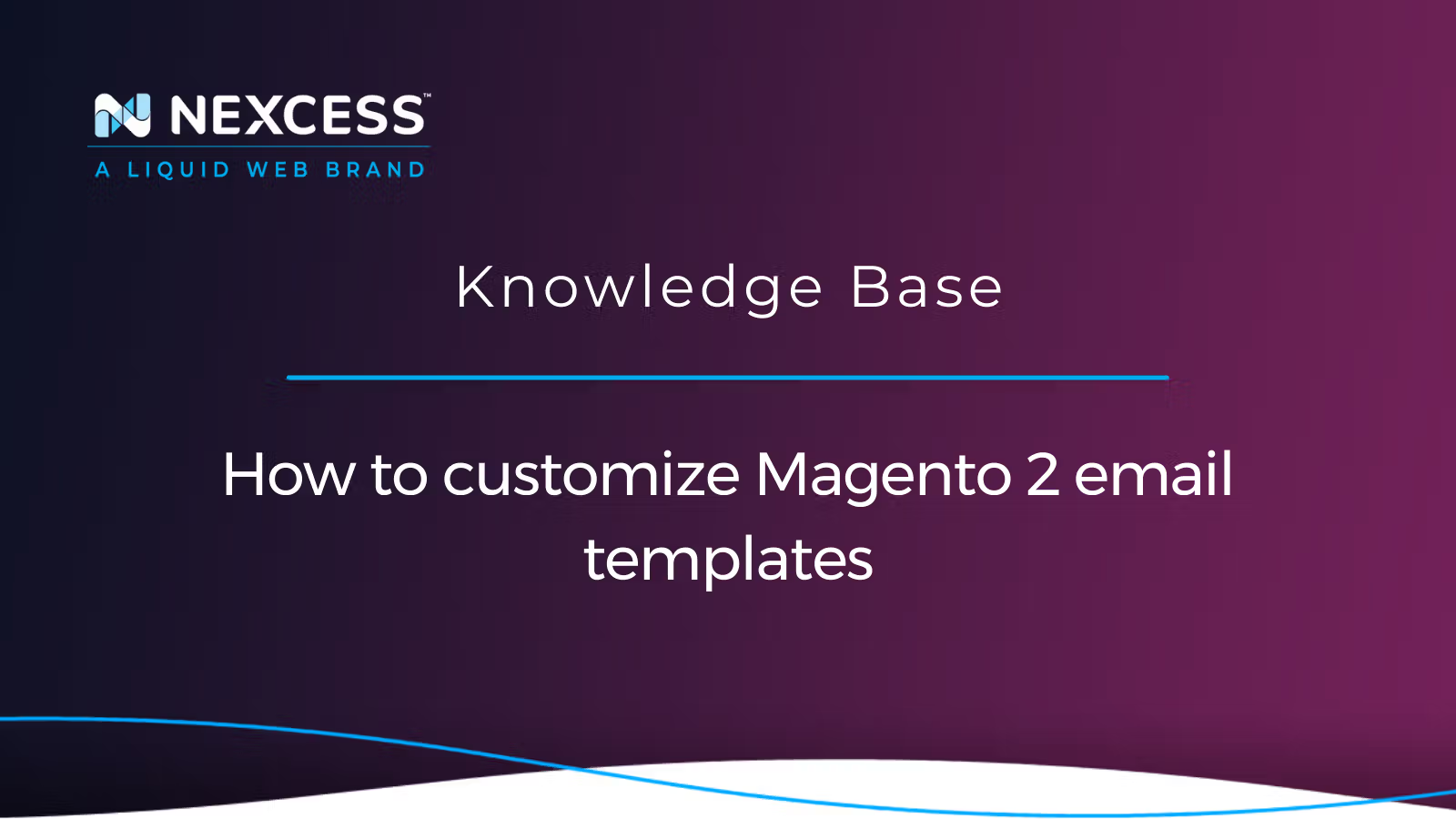
You can customize Magento 2 email templates for your shop's transactional emails using HTML/CSS files, XML themes, store email addresses — along with directives and predefined/custom variables.
Posted in:
May 10, 2023
Securing your site — custom Magento 2 admin login URL

This article will explain the portfolio of Magento 2 admin tools available and how to secure the Magento 2 admin login URL via customization of the base admin URL and admin path.
Posted in:
May 09, 2023
Transfer from Flywheel hosting to Nexcess hosting
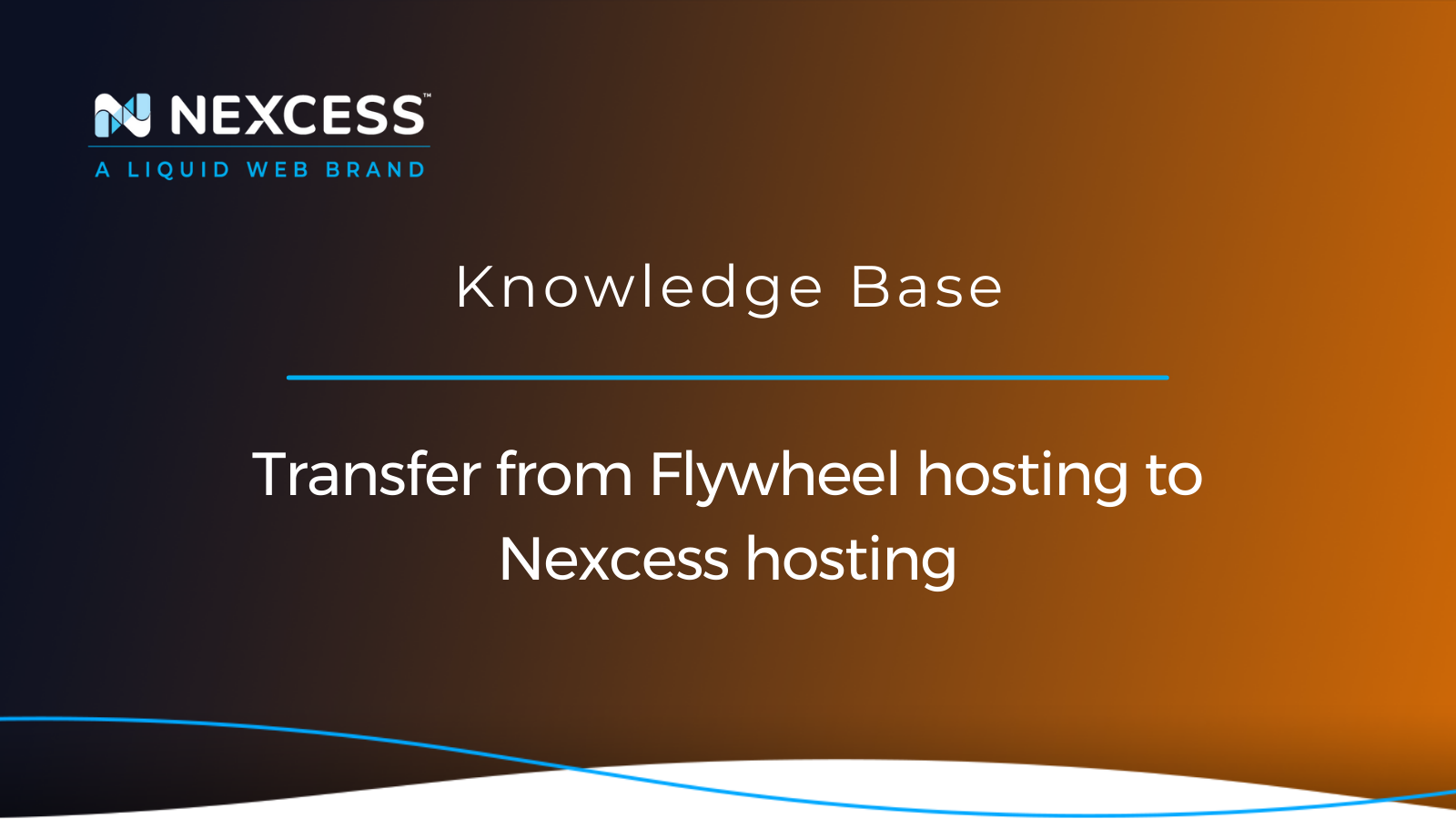
Let's take inventory of the advantages of Nexcess hosting, where your site will have more tools, addons, and resources. Then, let's learn how to migrate your site from Flywheel hosting to Nexcess.
Posted in:
Tags:
migrations to nexcess,migrate,WordPress,woocommerce setup,to transfer a domain to nexcess web hosting,move wordpress site,making a move to nexcess,how to transfer domains to/from nexcess web hosting,submitting a migration request,wordpress migration,Migration,how to transfer domains to nexcess hosting
May 03, 2023
By Kiki Sheldon
Your Nexcess guide to WooCommerce fraud prevention

Nexcess has been on the front line of WooCommerce fraud prevention for years. Learn what common security threats to look out for and how to protect your WooCommerce website from fraudulent activity.
Posted in:
April 27, 2023
MySQL vs. MariaDB: Nexcess application stack with MariaDB

Let's examine the history of MySQL vs. MariaDB and see how they compare — MySQL vs. MariaDB — and the performance advantages behind why the Nexcess application stack is built using MariaDB.
Posted in:
April 24, 2023
How to add an SSH key to the server for your Nexcess Cloud account
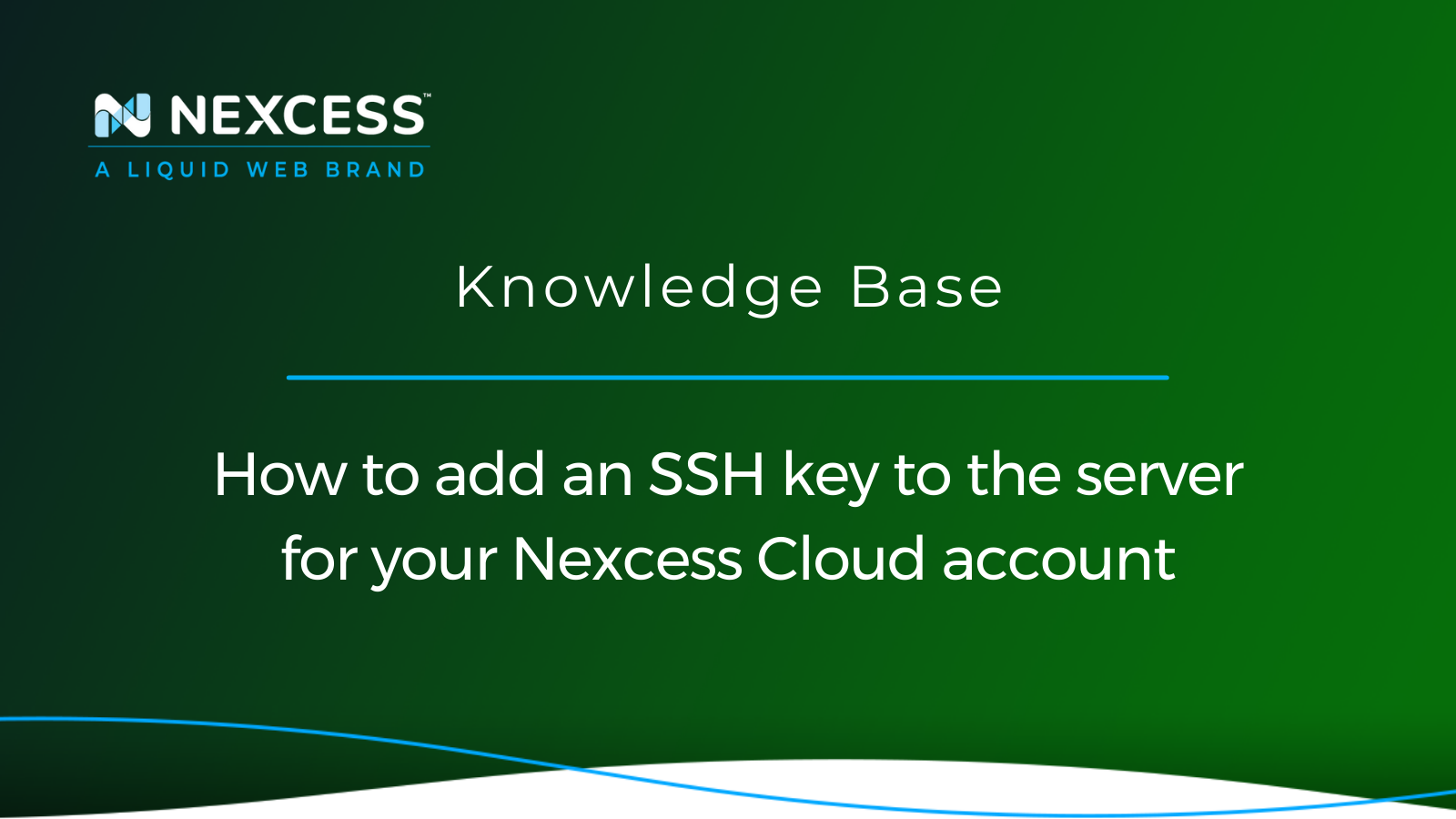
Leverage the security of the SSH (Secure Shell) protocol. This article explains how to add an SSH key to the server for your Nexcess Cloud account and set up your SSH key at Nexcess.
Posted in:
April 20, 2023
Creating website backups from the Site Dashboard for WordPress/WooCommerce
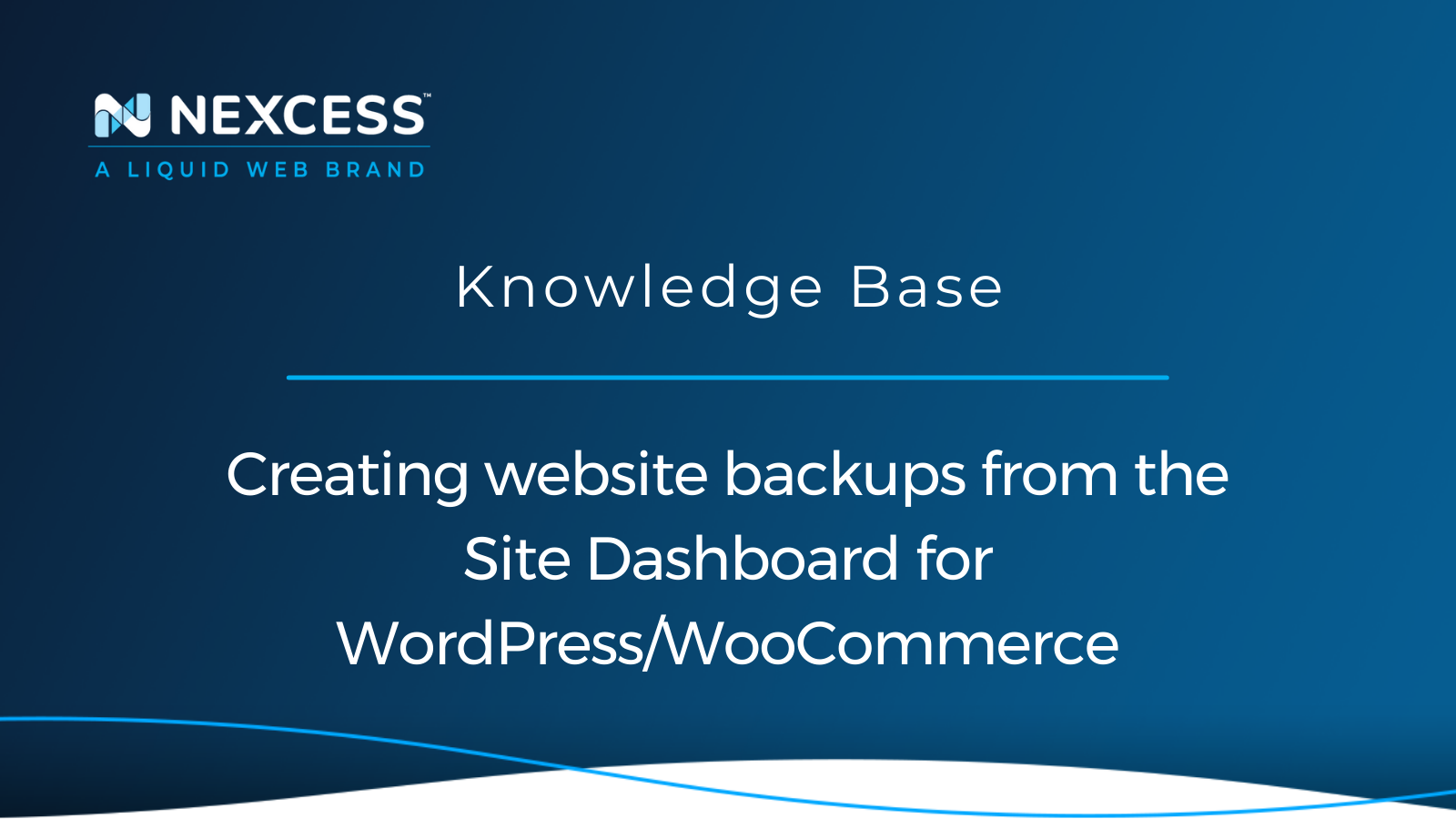
This article will give you an overview of Nexcesss website backups, the Nexcess data backup policy, and how to create a manual backup from the Nexcess Client Portal in an ad hoc fashion.
Posted in:
April 14, 2023
Leveraging caching with PWA for your Magento store setup
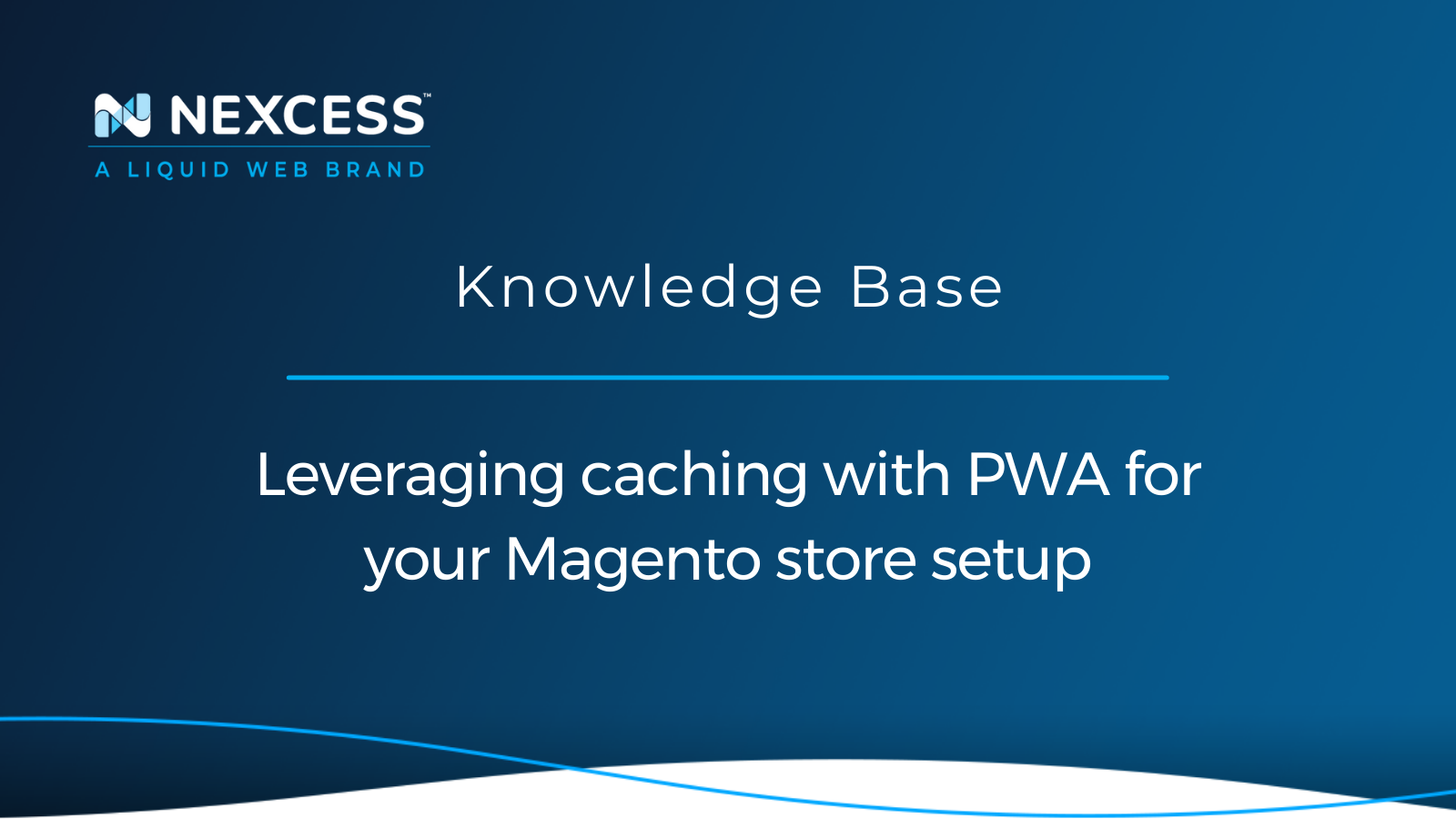
In this article, you will learn about PWAs in the context of the Magento 2 platform for ecommerce. You will be able to better understand how the Magento PWA can help you optimize Magento store setup.
April 12, 2023
By Kiki Sheldon
Using rsync for backups on Linux/Unix systems
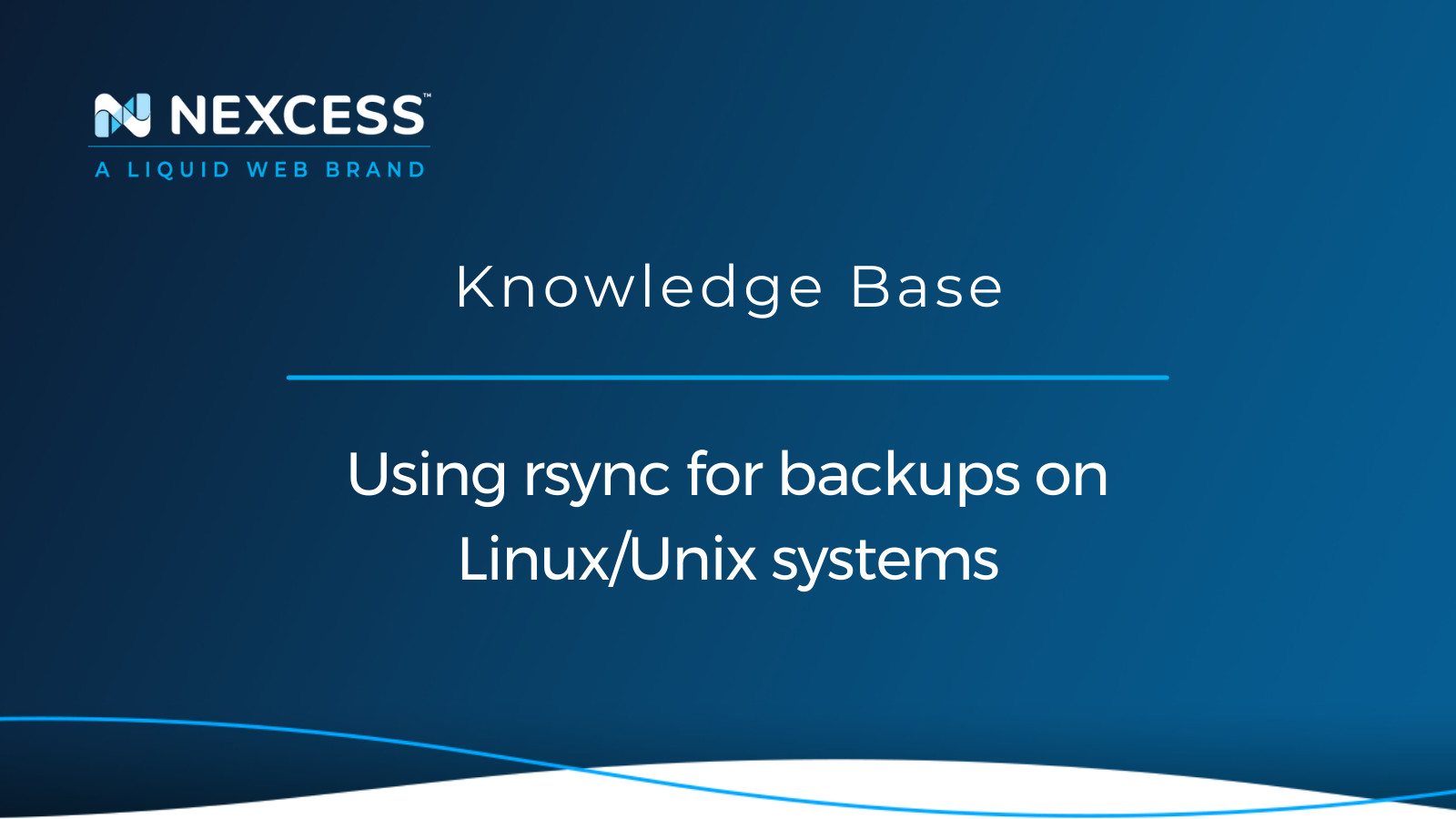
Using rsync for backups on Linux/Unix systems is done to synchronize files and directories between systems — a reliable method of providing offsite backups or mirroring websites.
Posted in:
April 11, 2023
By Amy Myers
Enabling cloud container services in the Nexcess Cloud
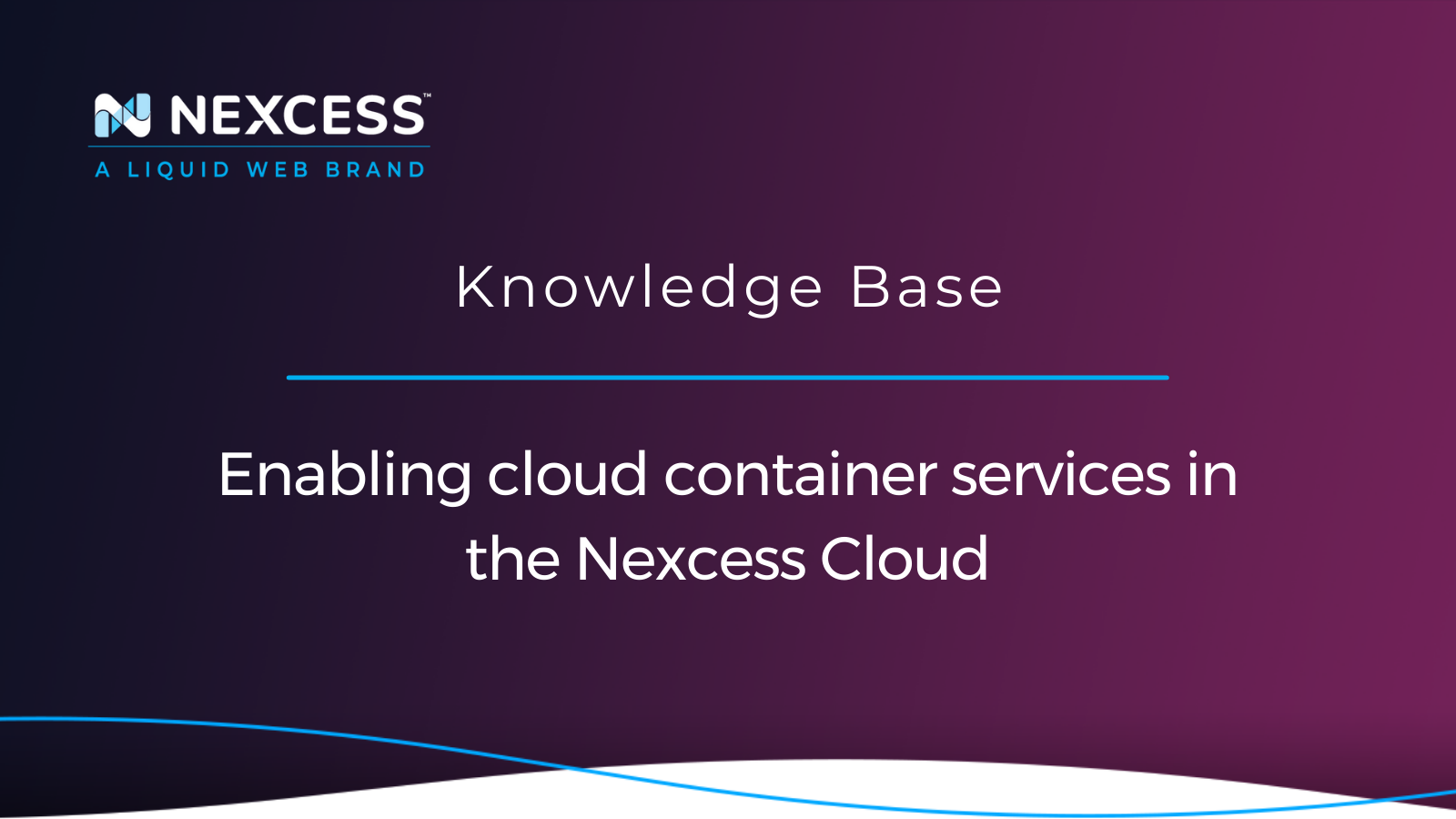
Right-sized cloud container services at Nexcess can be enabled leveraging the Elasticsearch, Varnish, RabbitMQ, and Apache Solr technologies when you use our smart cloud hosting platform.
Posted in:
Grow your online business faster with news, tips, strategies, and inspiration.
- .htaccess
- Affiliates
- Applications
- Backups
- Billing
- Business
- CDN
- CDN SSL
- Client Portal
- Content Delivery Networks (CDNs)
- Control Panel Tools
- Craft CMS
- Cron Jobs
- Databases
- Dev Sites
- Domain Management
- Drupal
- Ecommerce
- Enterprise Hosting
- ExpressionEngine
- FTP
- File Management
- Getting Started
- Hosting
- IP Management
- Magento
- Magento 1
- Magento 2
- Membership sites
- Miscellaneous
- Nexcess
- Nexcess Email Services
- NodeWorx
- Other Applications
- Other Best Practices
- PCI DSS
- PWA
- Performance
- Reports and Monitoring
- SSH
- SSL
- Scripts
- Security
- SiteWorx
- StoreBuilder
- Third Party Clients
- WPQuickStart
- Web design
- Web development
- Website Management
- Websites
- WooCommerce
- WordPress
